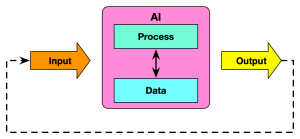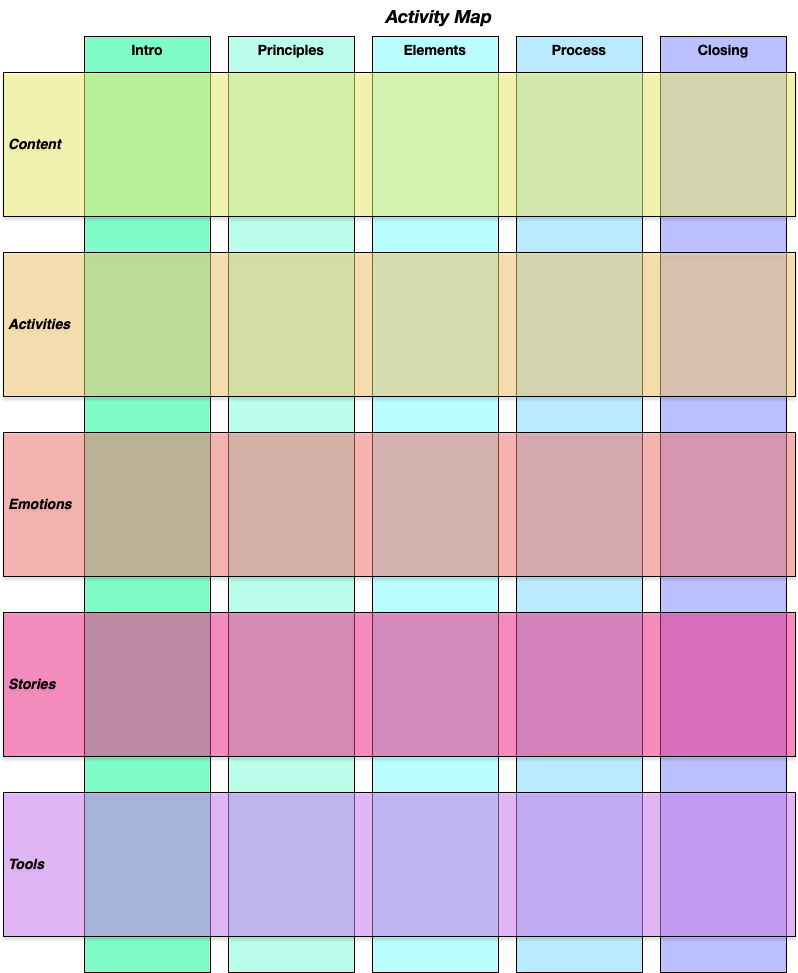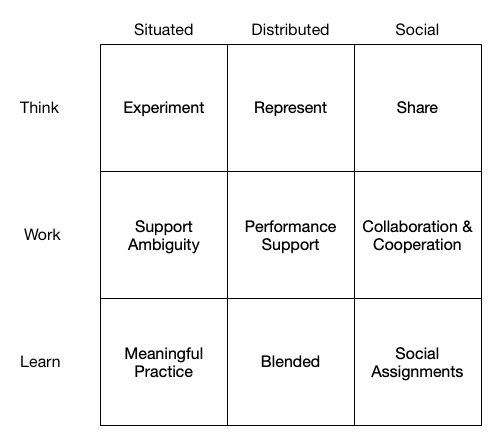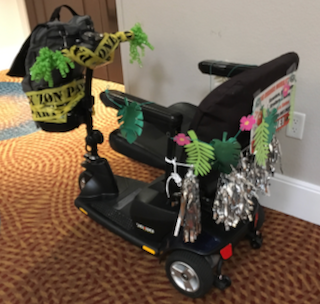As I continue to explore learning science, and get ever-deeper, one idea came to me that I had to check out. So, we’re recognizing the difference between elaboration (getting material into long-term memory), and retrieval (getting it out). They’re different, and yet both valuable. However, generative (not Generative AI, btw) activities typically have learners create their own understandings as a goal of having them reprocess the information. Which makes them labor-intensive to evaluate. Sure, you could have GenAI evaluate and respond, but that’s problematic for several reasons. Is there another way? Can you have auto-marked generative activities?
Increasingly, from educators I’m hearing more about generative activities. These are elaboration processing, where learners express the material in their own way. I argue that this can be either connecting it to personal experiences, or connecting it to prior knowledge (playing some semantics here ;). The goal, however, is to deepen and extend the patterns across neural activity, increasing the likelihood of their activation.
Whether prose, diagram, or mindmap (yes, a form of diagram, but…), these are free-form, and thus need review. Someone needs to look at them, to ascertain whether they’re right or whether they represent a significant misunderstanding. I remember when Kathy Fisher (of semantic networking fame and software SemNet) talked about how she asked students about how water got from the digestive to the excretory system, and they (many?) ended up positing in their mind-maps an extra tube connecting the two. (Fun fact: no such tube exists, water is absorbed into the blood, and then filtered out via kidneys.) Of course, with this evidence, it’s easy to diagnose misconceptions, at the expense of sufficient human interaction.
I was thinking about writing retrieval practice mini-scenarios, and was led to wonder whether you could do the same for generative activities. That is, present alternatives, perhaps of the most common misconceptions, and have learners choose between different representations. One advantage, then, would be the ability to auto-mark understanding. It seems to me that they’ll still need to process each representation, to be able to choose one, so they’re doing processing. It could be a mindmap, diagram, or prose restatement. You’d also be able to diagnose, and remediate, misunderstandings.
For example, you could ask:
How does water get from the digestive to the excretory system:
-
- There’s a direct connection between the two, known as the aqueduct.
- Water is absorbed into the blood and then filtered out via the kidneys.
- There’s an organ that processes water from the former to the latter.
(A rough conceptualization; I’m sure a physiologist, could do better!)
I thought that perhaps I could ask someone who both talks about cognitive processing, researches instructional strategies, and in particular talks about generative activity. Professor Rich Mayer, who Ruth Clark introduced to us at the Learning Development Accelerator, was kind enough to respond, and we had a Zoom Chat. Not putting words in his mouth, it was my understanding that he agreed that this was a plausible model. I freely offer anyone to research this (including you, Rich!). Unless such are extant, in which case please point me to existing journal articles or the like.
There’s no telling whether this is useful, of course. Are auto-marked generative activities possible and plausible? Still, better to get the idea out there than not, it may end up being useful! Which, of course, is the ultimate goal. Thoughts?

 I’d first heard of Roger Schank’s work as an AI ‘groupie’ during my college years. His contributions to cognitive science have been immense. He was a challenging personality and intellect, and yet he fought for the right things. He
I’d first heard of Roger Schank’s work as an AI ‘groupie’ during my college years. His contributions to cognitive science have been immense. He was a challenging personality and intellect, and yet he fought for the right things. He 


